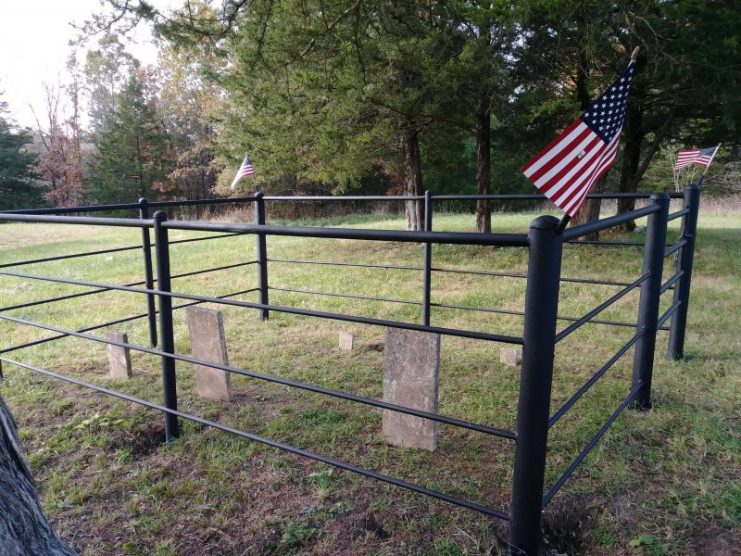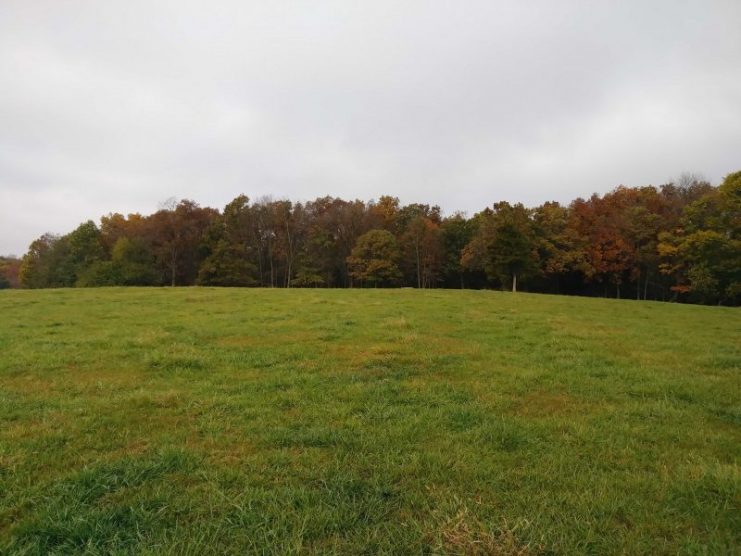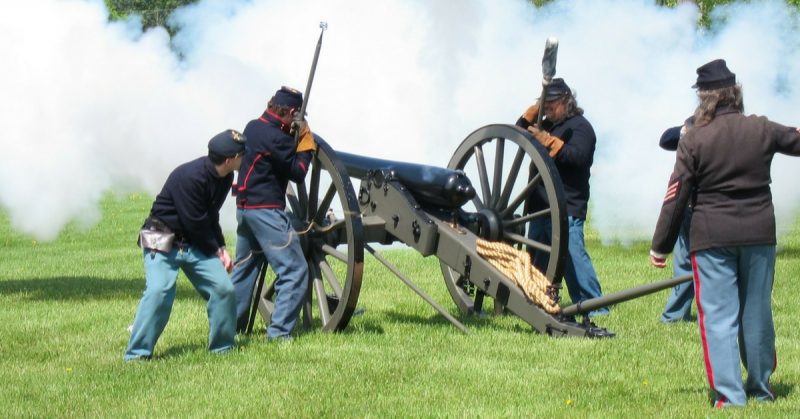War History online proudly presents this Guest Piece from Jeremy P. Ämick, who is a military historian and writes on behalf of the Silver Star Families of America.
In years past, admits Cole Camp, Missouri, area historian Jeffrey Lutjen, he was not one to express an avid interest in history. In more recent years, as he has gained in both age and experience, he developed an appreciation for the preservation of local history—specifically that related to a Civil War battle that occurred near the community of Cole Camp, which has since inspired him to honor the memory of the first area casualty of the war.
“John Tyree is really an interesting character in our local Civil War story and quite possibly could have saved many lives of the Home Guards if they had only listened to his warning,” said Lutjen.
Online geneaology records indicate that John Claiborne Tyree was born in Virginia in 1795, married in 1821 and moved to the Cole Camp area sometime in the 1830s. He was reputed to have been a fairly successful farmer and a prominent member of the community. Though he owned slaves at the outbreak of the Civil War in 1861, Tyree was considered an ardent unionist.
“As the story goes, Tyree traveled to Warsaw on June 18, 1861,” said Lutjen. “While he was there he overheard some of the Confederates discussing plans to attack the German Home Guard unit at Cole Camp the next day.” (They were referred to as “German” Home Guard since Cole Camp was at the time largely populated by German immigrants.)
Lutjen continued, “Tyree then returned home later that evening and traveled to the a barn where the German Home Guard was staying and tried to warn their commander, Captain (Abel) Cook, about the planned attack. At the time, Tyree was 66 years old and I don’t know if it was his age or what the reason was, but they didn’t listen to his warning and made no preparations whatsoever.”

As Lutjen went on to explain, Tyree was making his way back to his home a few miles west of Cole Camp when he encountered the Confederate forces from Warsaw making their approach in the late evening. After they stopped Tyree, a lantern was brought forth to illuminate his face, at which time a couple of the Confederates recognized him as having been in Warsaw earlier that day.
“He was declared a spy, they tied him to a tree and shot him right there,” Lutjen flatly noted.
The Confederates continued east along the Butterfield Overland Mail Route—a stagecoach line— eventually reaching the site a couple of miles beyond Cole Camp where a “half-organized regiment of unionists, under Capt. Cook, was asleep in two barns, with no pickets out save northward …” wrote Horace Greeley in “The American Conflict: A History of the Great Rebellion in the United States of America.”
The author went on to explain that the Unionists (Home Guard) were surprised by the Confederate force “and utterly routed—being unable to offer any serious resitance.” Greeley further noted, “Capt. Cook and a portion of his followers barely escaped with their lives.”
Lutjen, in researching the consquences of the Home Guard’s refusal to heed Tyree’s warnings, has concluded that the ulitmate reason for failure rests on the shoulders of the of the leadership of the Union force.
“From the first of June until the battle, Captain Cook did nothing to discipline and train the troops in combat techniques of the day,” he wrote in his 2012 publication, “Trail of the Cole Camp German Home Guard Units.”

He further wrote, “Discipline was non-existent and alcohol was allowed in the camp. If he would have been any kind of commander at all, he would have put a stop to this …,” adding that his actions (and failures) represented “a total lack of leadership from the high command.”
Some historians claim that the German Home Guard suffered around 36 casualties while other estimates place this number as high as 200. The Union Cemetery west of Cole Camp contains plaques denoting the burial of 180 Union soldiers along two trenches. The nearby Monsees Cemetery contains a plaque denoting the mass burial of 17 Home Guard members.
“I would like to someday see if we can get (ground penetrating) radar to go over those trenches to see if there are actually that many people buried at Union,” said Lutjen, “because all of the records I can find only list 36 Union casualties from the Battle of Cole Camp. I believe the bodies in Union Cemetery might be from a later (Civil War) battle.”
In recent years, Lutjen has grown to embrace the rich history of the Cole Camp community and devoted his efforts to researching local Civil War engagements. However, it was seeing the disrepaired condition of a local cemetery that has recently inspired him to be more ardent in preserving local history.
“When I first saw the Tyree Cemetery several years ago, the wooden fence had fallen down around it and grazing cattle had knocked over the headstones,” said Lutjen. “That’s when I decided that it was time to help properly memorialize the man who became our first local casualty of the war.”
He added, “Through help in the community, the fence has been replaced and the tombstones repaired and we are dedicating a plaque to John Tyree’s memory that will be affixed to the gate of the cemetery.”
Pausing, he concluded, “With the age of the graves, I knew there was probably none of his family still around to care for the cemetery but I see it as our way to honor his memory and the fact that he gave his life to try and warn the community during the Civil War.”
